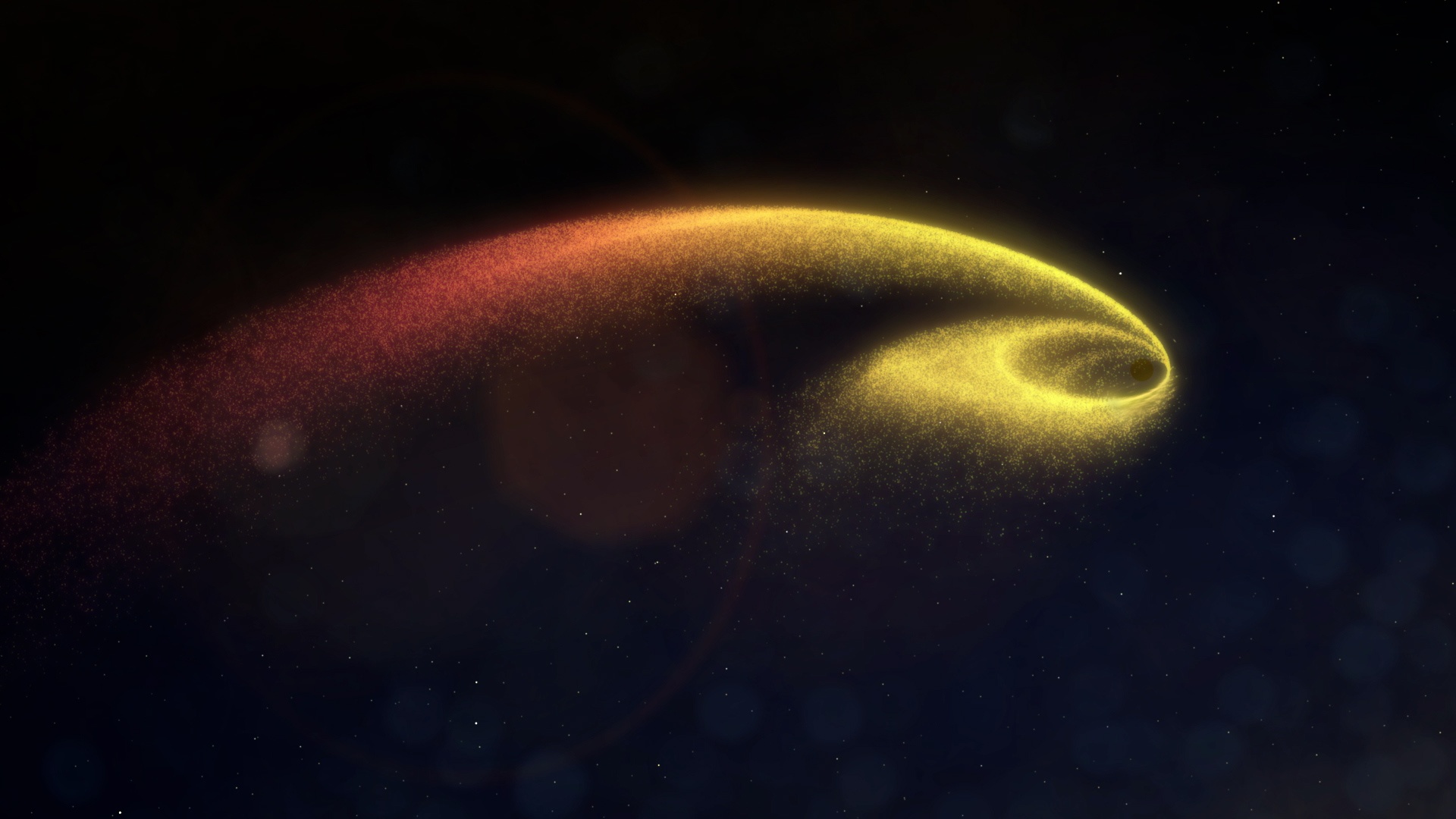In the beginning, the Universe was so hot and so dense that light could not travel far. Photons were emitted, scattered, and absorbed as quickly as the photons in the heart of the brightest stars. But in time the cosmos expanded and cooled to the point that it became transparent, and the birthglow of the Big Bang could traverse space and time for billions of years. We still see it as the microwave cosmic background. As the Universe expanded it grew dark, filled only with warm clouds of hydrogen and helium. In time those clouds collapsed to form the first stars, and light again filled the heavens.
Continue reading “Nancy Grace Roman Could Find the First Stars in the Universe”Nancy Grace Roman Could Find the First Stars in the Universe

